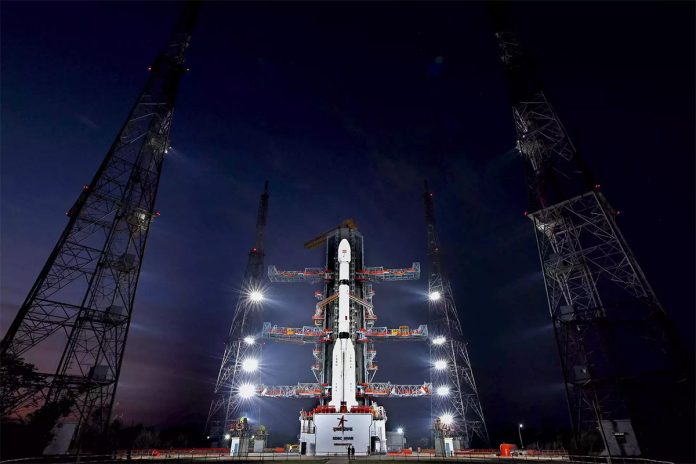Sriharikota: The Indian Space Research Organisation (ISRO) is poised to launch the meteorological satellite INSAT-3DS on February 17, carried by the GSLV-F14 spacecraft. The scheduled lift-off is set for 5:35 pm from the Satish Dhawan Space Centre in Sriharikota.
Key Highlights of the INSAT-3DS Launch:
- INSAT-3DS is meticulously designed for advanced meteorological observations, focusing on monitoring land and ocean surfaces to enhance weather forecasting and provide early warnings for disasters.
- Positioned as a complementary asset to the operational INSAT-3D and INSAT-3DR satellites, INSAT-3DS is expected to bolster existing meteorological services.
- A collaborative effort involving various departments under the Ministry of Earth Sciences (MoES), such as the India Meteorology Department (IMD), National Centre for Medium-Range Weather Forecasting (NCMRWF), Indian Institute of Tropical Meteorology (IITM), National Institute of Ocean Technology (NIOT), Indian National Center for Ocean Information Services (INCOIS), and numerous other agencies and institutes, will leverage data from INSAT-3DS to enhance weather forecasts and meteorological services.
- The primary objectives of the mission encompass monitoring Earth’s surface, conducting oceanic observations, and analyzing the environment across various spectral channels of meteorological significance.
- Additionally, INSAT-3DS aims to provide detailed vertical profiles of various atmospheric meteorological parameters.
- The satellite is designed to offer data collection and dissemination capabilities through data collection platforms (DCPs).
- A pivotal aspect of the mission is to provide satellite-aided search and rescue services.
- The GSLV-F14 rocket, standing at 51.7 meters tall, will carry a suite of payloads, including imagers, sounders, data relay transponders, and satellite-aided search and rescue transponders. These instruments will facilitate the study of cloud properties, fog, rainfall, snow cover, snow depth, fire, smoke, land, and ocean, among other applications.
- Approximately 20 minutes after liftoff, scientists aim to deploy the INSAT-3DS satellite into a Geosynchronous Transfer Orbit (GTO).
- Subsequently, orbit-raising maneuvers will be conducted to position the satellite into a Geo-stationary Orbit, a process expected to be completed within a couple of days after launch
To witness the GSLV-F14 launch carrying INSAT-3DS, viewers have several options:
- Launch View Gallery (LVG), SDSC-SHAR, Sriharikota: Citizens are invited to observe the launch live from the Launch View Gallery at the Satish Dhawan Space Centre.
- Livestreaming: For those unable to attend in person, the launch will be available via livestream on the following platforms:
- Official website of ISRO
- Official Facebook account of ISRO
- Official YouTube channel of ISRO
- Doordarshan National TV channel
- ISRO Chairman’s Prayers: Prior to the launch, ISRO Chairman S Somanath offered prayers at the Sri Chengalamma Temple in Sullurpet, Andhra Pradesh. During his interaction with the media, he emphasized the significance of the launch, involving the GSLV rocket carrying the INSAT-3DS satellite designed for weather climate studies, and highlighted its role as the third satellite in the INSAT series.

